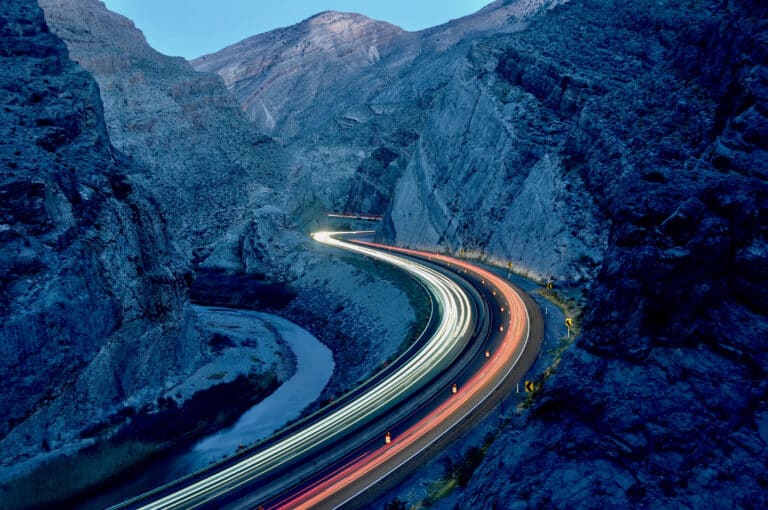Winds are blowing strong in the south of Chile. A new reality, fuel from wind and water with the purpose to decarbonize the transport sector, is underway. Siemens Energy, together with several international companies led by HIF Global, is developing and implementing the world’s first integrated and demonstration plant for the production of carbon neutral e-fuel. Introducing the Haru Oni project, which is harnessing the strong and steady winds in Magallanes, Chile’s southernmost region.

From green electrons to green molecules
By channeling these powerful winds, we’re making good use of natural resources and exporting renewable energy in the form of liquid fuels. These e-fuels will be a big step towards the decarbonization of the transport sector. In the pilot phase, e-Methanol production will initially reach around 750.000 liters per year. Part of the e-Methanol will be converted to e-Gasoline (130.000 liters per year). In two steps, capacity is planned to be increased to 55 million liters e-Gasoline per year by 2025 and to over 550 million liters per year by 2027. What does that look like? It’s nearly enough fuel to let around one million people drive their car for one year!
Decarbonizing transportation
The project Haru Oni shows the complete value chain for Power-to-X from wind to e-gasoline Power-to-X means, electricity is converted – preferably from renewable energy sources – to hydrogen or to hydrogen-based synthetic fuels and feedstock.
In the pilot phase, an onshore wind turbine from Siemens Gamesa will generate the electricity to power Siemens Energy’s PEM electrolyzer, to split water into its components, oxygen and certified green hydrogen. Next, CO2 is captured from the air and combined with the green hydrogen to produce synthetic methanol: The basis for climate-neutral fuels like e-diesel, e-gasoline or e-kerosene, that can be used to power cars, trucks, ships or aircrafts. In a third process step, approximately 40% of the methanol is then converted into synthetic gasoline. The production plant thus meets all the relevant sustainability criteria for green fuels.

Why Chile?
Due to their excellent wind conditions and the resulting low electricity prices, Chile has a very high potential for the production, export and local use of green hydrogen in an international comparison. In addition, exports in the form of liquid fuels are the best way to take advantage of the wind energy readily available in Magallanes.
Strong partner network
To convert and transport renewable energy from regions with abundant sun and wind to energy-hungry regions, different expertise needs to be combined smartly. Siemens Energy is co-developer of the Haru Oni project and is also responsible for the technical concept of the plant. This means we’re closely involved through each step of value chain and project phase – from power generation with wind turbines to the production of green hydrogen and its conversion into synthetic fuel.
However, it is only by collaboration with our international partners and the funding of the German Federal Ministry of Economics and Energy that we can bring this project to life.
Learn more about the project here: https://www.siemens-energy.com/global/en/news/magazine/2021/haru-oni.html
© Siemens Energy



